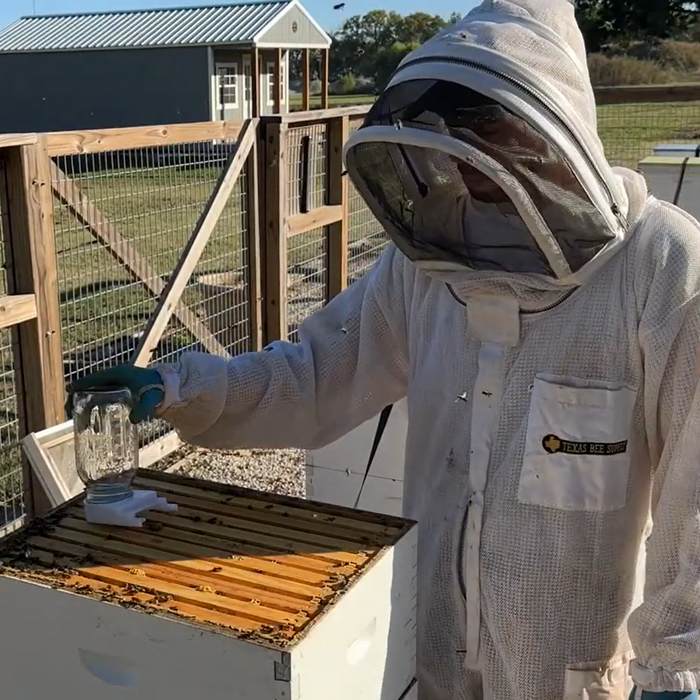
Feeding Bees in Late Fall and Winter
As temperatures drop and bees form tight winter clusters, their ability to access food becomes limited. Learn how to assess hive stores, and the best feeding methods to keep colonies strong until spring.

As temperatures drop and bees form tight winter clusters, their ability to access food becomes limited. Learn how to assess hive stores, and the best feeding methods to keep colonies strong until spring.
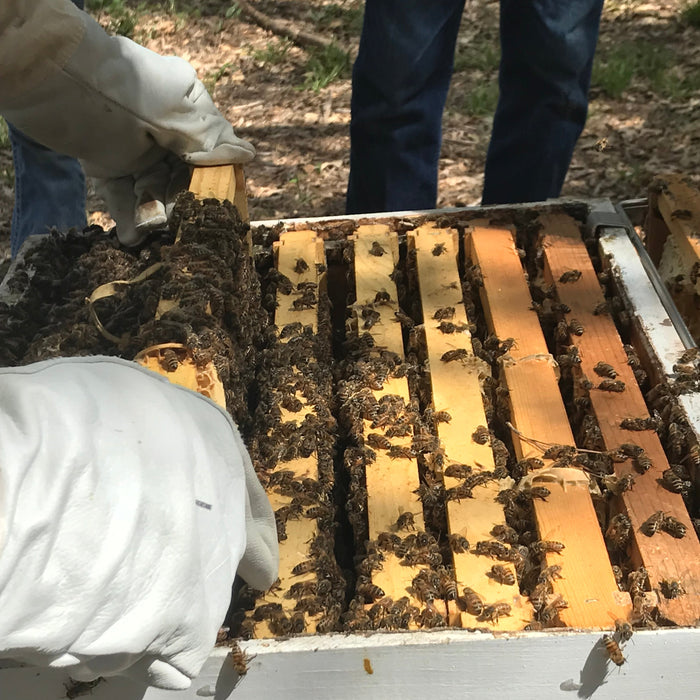
Even in late fall, it’s important to take a quick look inside your hives. With just a few simple steps, you can safely check food stores and population without stressing the bees—even on chilly days. A fast 30-second inspection can reveal exactly how your colony is doing heading into winter.
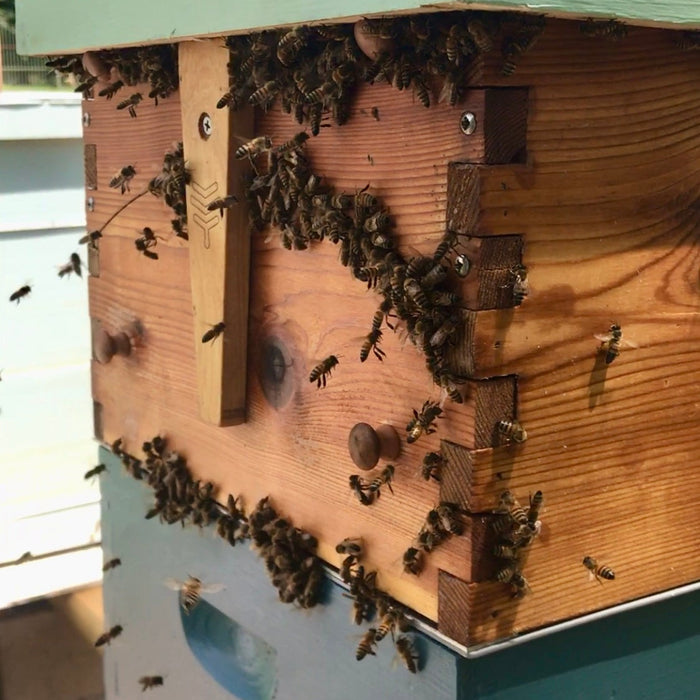
When temperatures drop and nectar dries up, some colonies turn on their neighbors. If one hive is buzzing louder and flying more frantically than the rest, it’s not extra healthy—it’s likely under attack. Learn how to recognize robbing behavior, what to do if it happens, and how to prevent it next time.
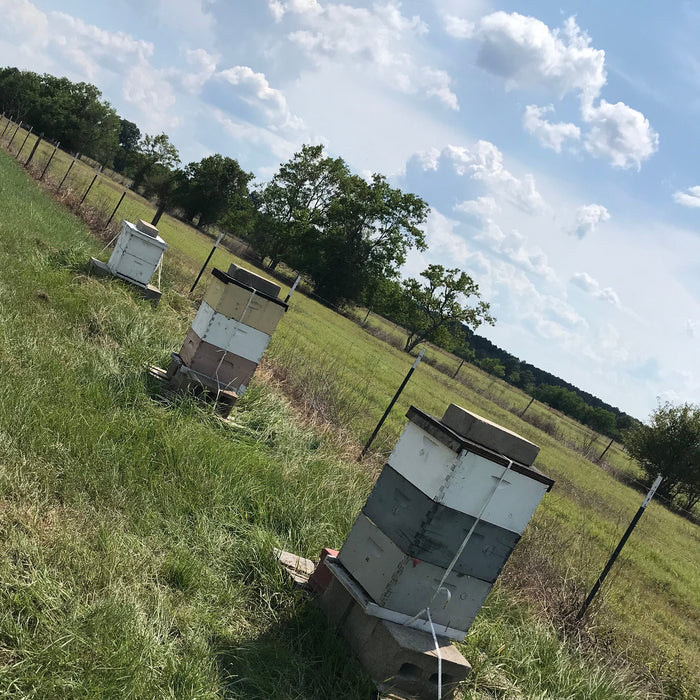
Llegar al otoño o al invierno con una colmena débil nunca es ideal. Algunas colmenas son insalvables, mientras que otras pueden recuperarse con el cuidado adecuado. Aprenda a identificar qué colonias vale la pena rescatar, los pasos para fortalecerlas y cuándo combinar colmenas es la mejor decisión para un invierno saludable y productivo.
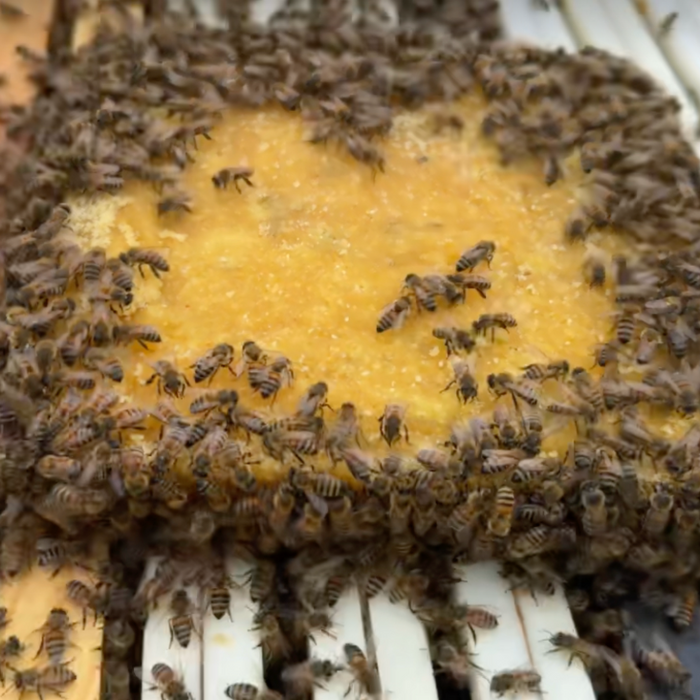
Finales de verano = Preparación para el invierno 🐝
Tus abejas ya están almacenando: asegúrate de que tengan lo que necesitan: miel, proteínas y una reina fuerte.
Alimenta temprano, alimenta con inteligencia. Lo que hagas ahora determinará tu supervivencia en primavera.
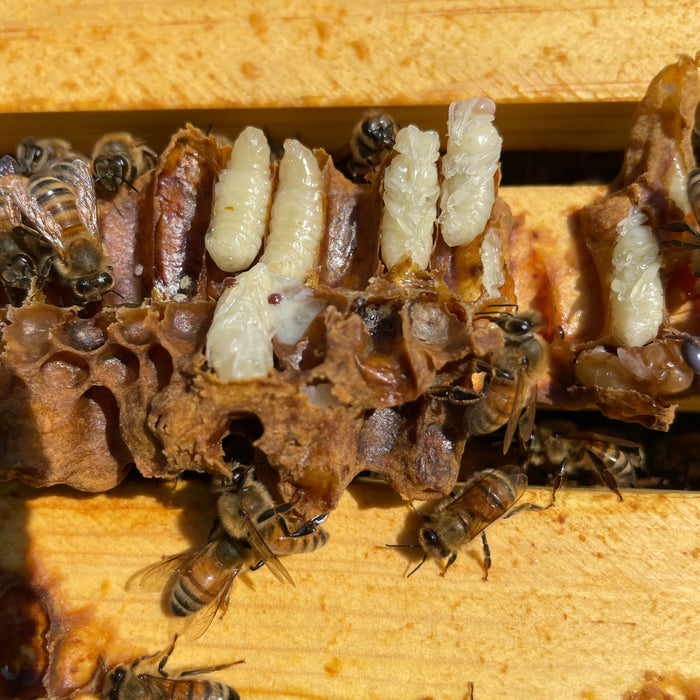
Manejo de la varroa en otoño: haga pruebas antes de tratar
El otoño es una época crucial para prevenir los ácaros Varroa, pero no basta con adivinar. Las pruebas indican exactamente cuándo y cómo tratar, lo que ofrece a las abejas la mejor oportunidad de sobrevivir al invierno. Utilice métodos probados, como el lavado con alcohol o el panecillo de azúcar, para verificar los niveles de ácaros y luego trate según la temporada. ¿La clave? Pruebe, trate si es necesario y programe el tratamiento en el momento adecuado.